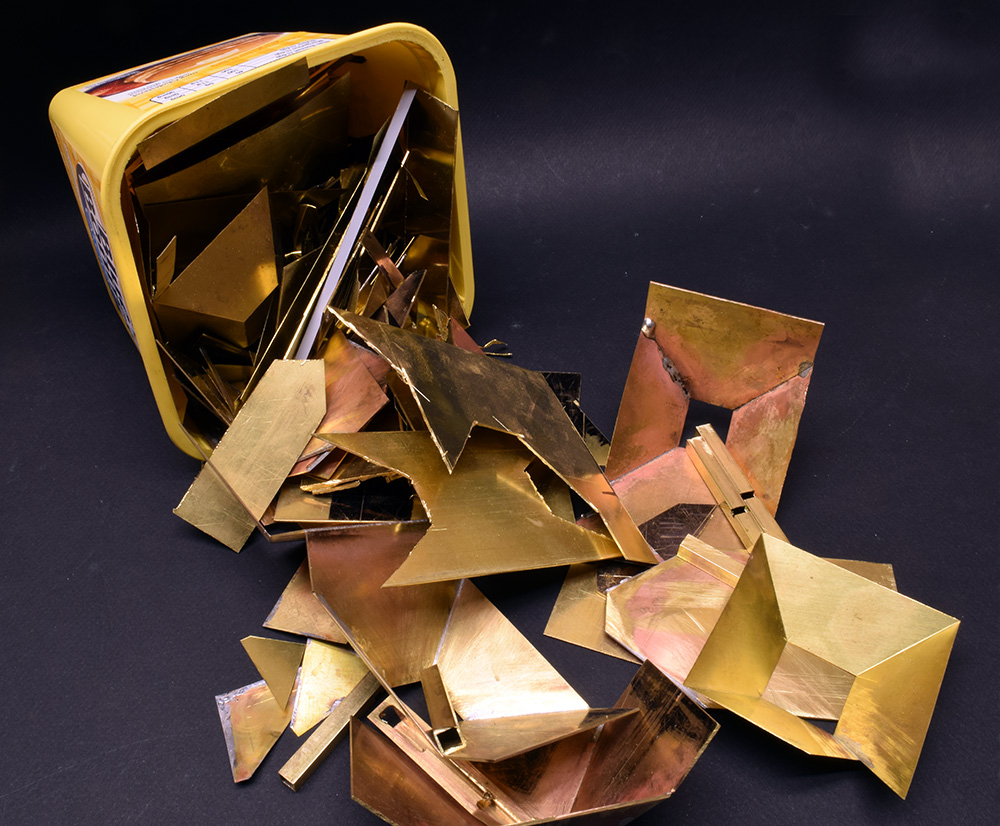
You don’t see images like this often. We tend to ignore and hide the mistakes and outright failures; a mindset that is fueled even more by the highly curated nature of social media.
I think photos like this are important. They reveal the true aspects of what we do. While not all of this pile was generated by the current project, much of it was. Some pieces were failures, others were experiments in learning what I needed to know. There’s a lot of time and material invested here, that some would say was wasted but I strongly disagree with that mindset.
Like many others, I used to hate mistakes. I would get overly frustrated and even angry at the first hint of a failure. I had this immature and unrealistic notion that everything had to be perfect, or that my skills were more advanced than the reality unfolding in front of me suggested.
As a creator though, I know that this material represents a process of learning and growth. It represents determination and persistence in sticking to a set of freely chosen standards that I find meaningful. It represents a commitment I’ve made toward a future vision of the modeling I want to pursue.
In terms of hard costs, yes, there is some money in this mound of scrap. Very little in this craft is cheap anymore and brass is no exception. You may wonder why I didn’t mockup various pieces from less expensive material like card stock. Well, you can’t file or solder card stock. I’m not only building from scratch but also learning about metal working from scratch too. In that sense, I need to become familiar with the actual materials. That said, some of these pieces can and will be recycled into other projects, or used for ongoing practice exercises or simply recycled outright. In that sense, brass is one of the more sustainable materials we can employ in the craft.
Mistakes are going to happen, regardless of how skilled a person may be. They are a reflection of the humanity our discussions around this craft sorely needs.
Regards,
Mike
Thank you for sharing this: too often we only get to see the finished project, without understanding the amount of “not good enough, must do it again” rejects that were generated along the way.
I agree Simon. I believe the craft is better served when people see all of what’s involved. -Mike